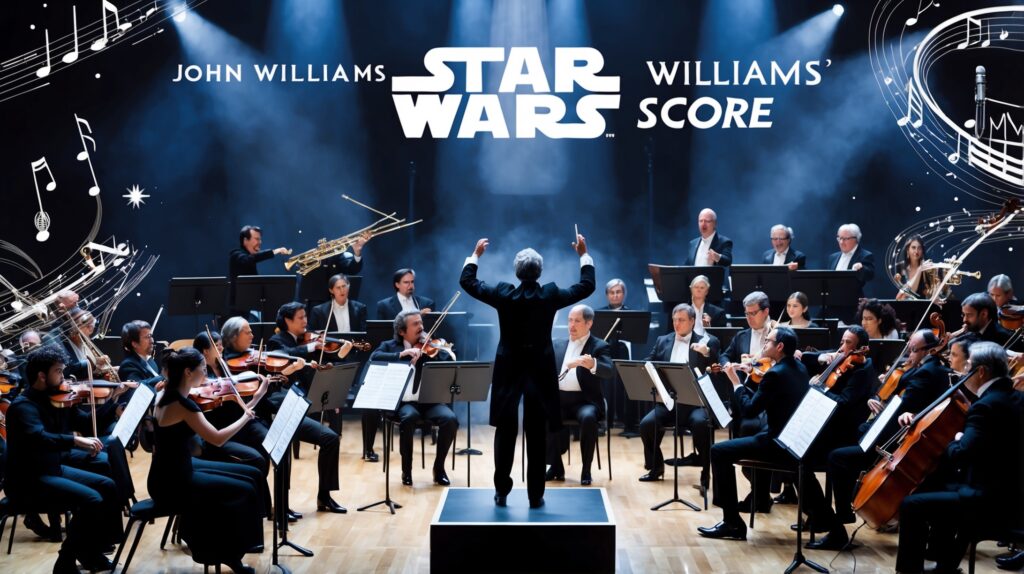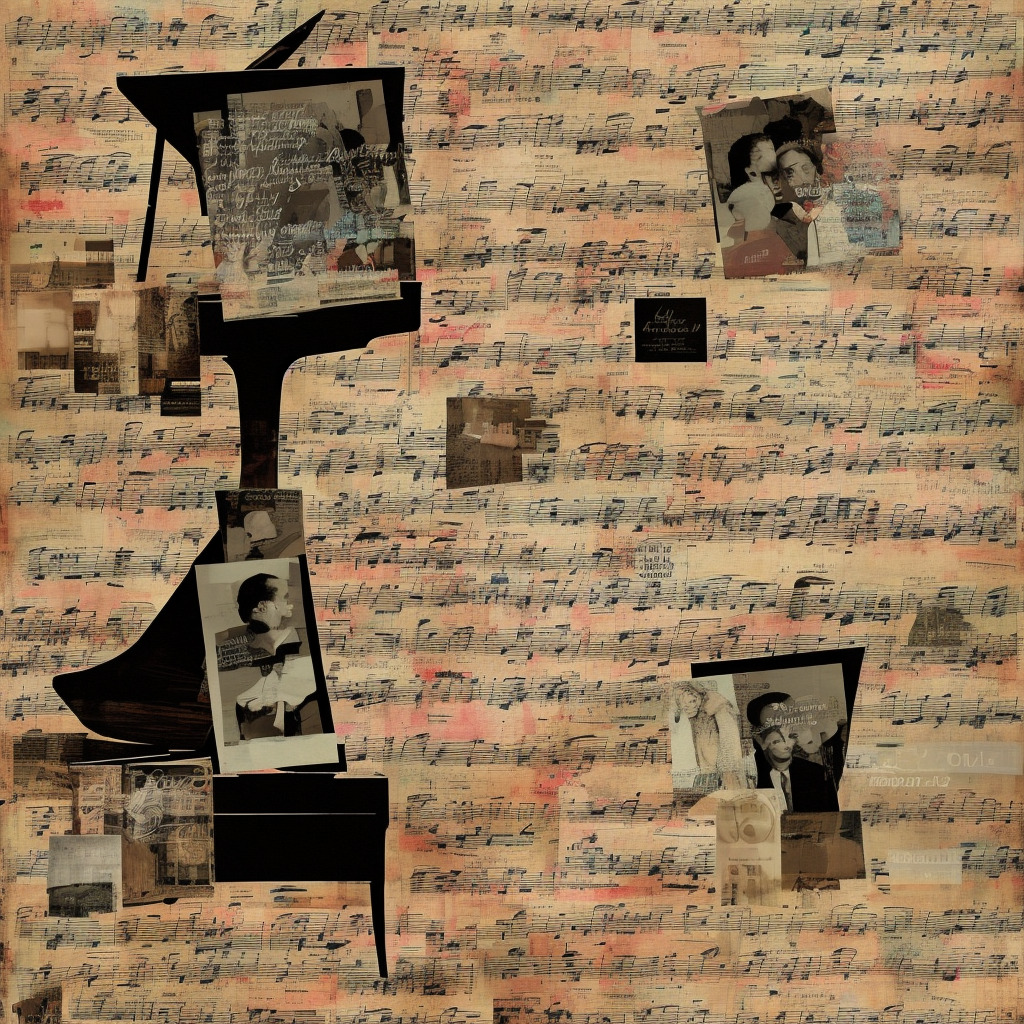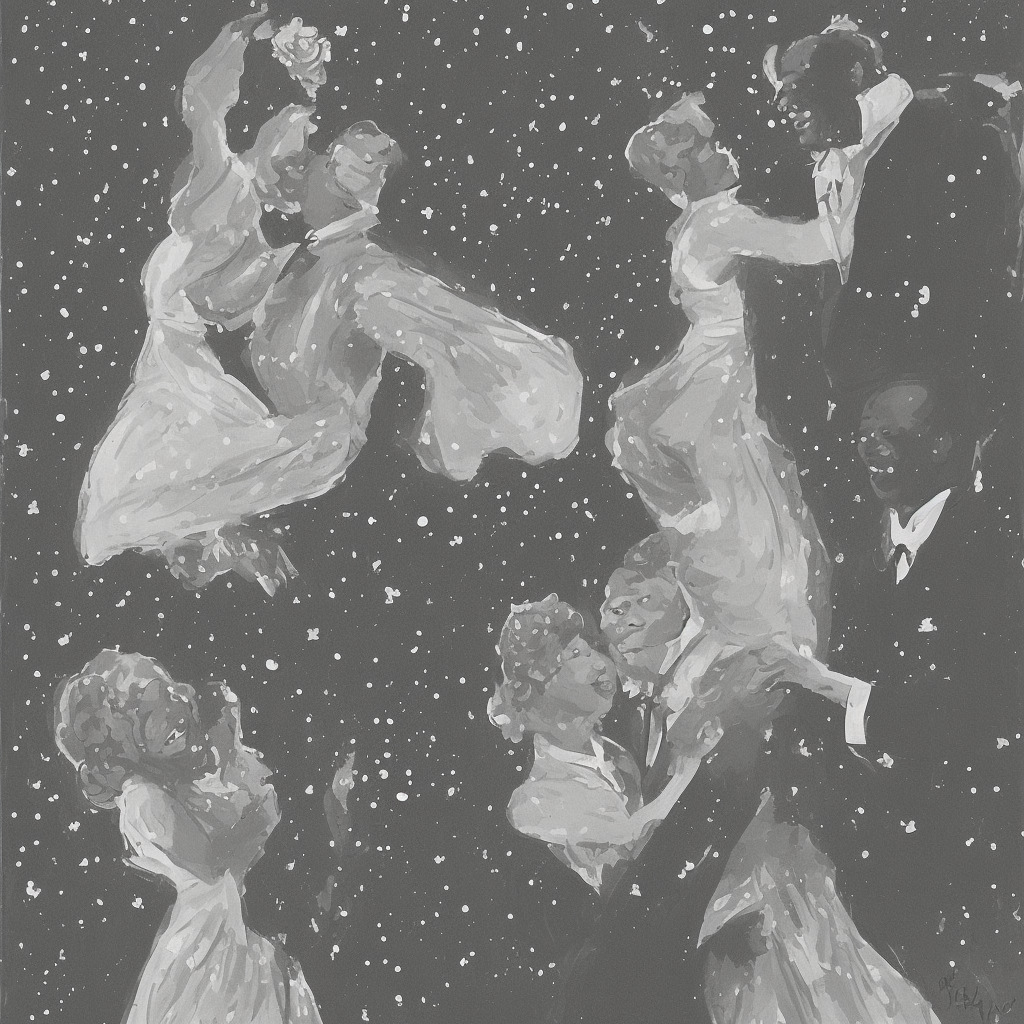The Maestro Behind Star Wars: John Williams
John Williams’ Star Wars score not only marked a monumental moment in his career but also revolutionized film soundtracks, merging orchestral brilliance with cinematic storytelling.
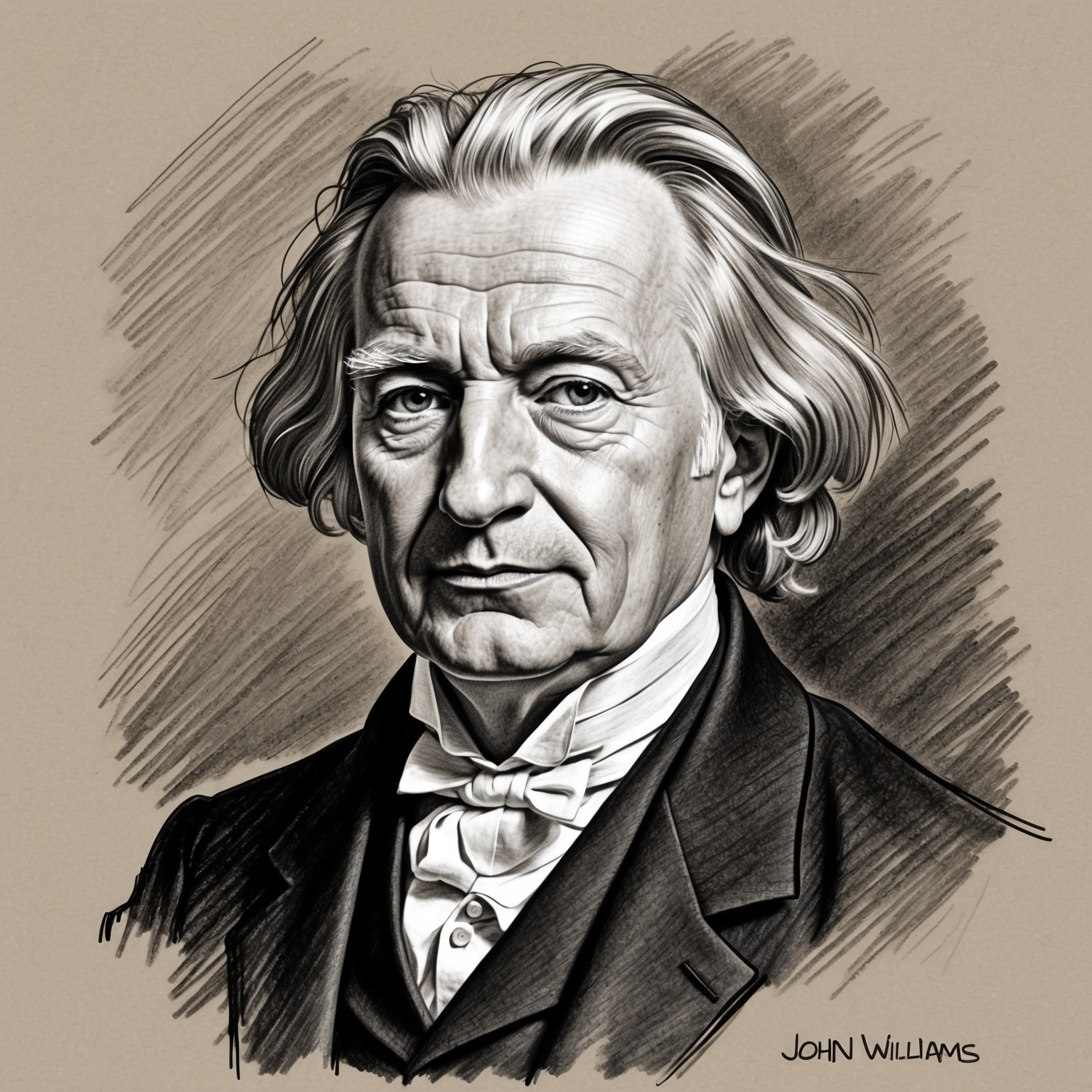
The Maestro Behind Star Wars: John Williams
John Williams is a name that resonates with cinematic magic and musical genius. Best known for his work on the Star Wars score, Williams has cemented his place as one of the most influential composers in the world of film music. The creation of the Star Wars score was a pivotal moment not only in his career but also in the history of film soundtracks. This score redefined the way music could elevate storytelling, weaving a rich tapestry of sound that became an integral part of the film’s identity. The iconic opening theme alone has become synonymous with epic adventure and interstellar drama.
Born in 1932 in Floral Park, New York, Williams was immersed in music from a young age. His early career saw him move to Los Angeles where he studied at UCLA and later at Juilliard, honing his craft and setting out on a journey that would see him collaborating with some of Hollywood’s most illustrious directors. His partnership with filmmaker George Lucas during the production of Star Wars in the mid-1970s is legendary. Together, they crafted a musical landscape that not only complemented but also enhanced the visual spectacle of the movie.
At the time of Star Wars’ release in 1977, the music scene was undergoing significant changes, with rock and roll dominating popular culture. Yet, Williams’ orchestral approach managed to capture the public’s imagination, bringing a resurgence in interest for symphonic film scores. The initial reception of the Star Wars score was overwhelmingly positive, with critics and audiences alike praising its breadth and emotive power. This marked the beginning of a golden era for Williams, as his work would continue to define blockbuster cinema for decades to come.
John Williams: The Maestro Behind the Star Wars Score
Explore the profound impact and lasting legacy of John Williams, the maestro behind the iconic Star Wars score.
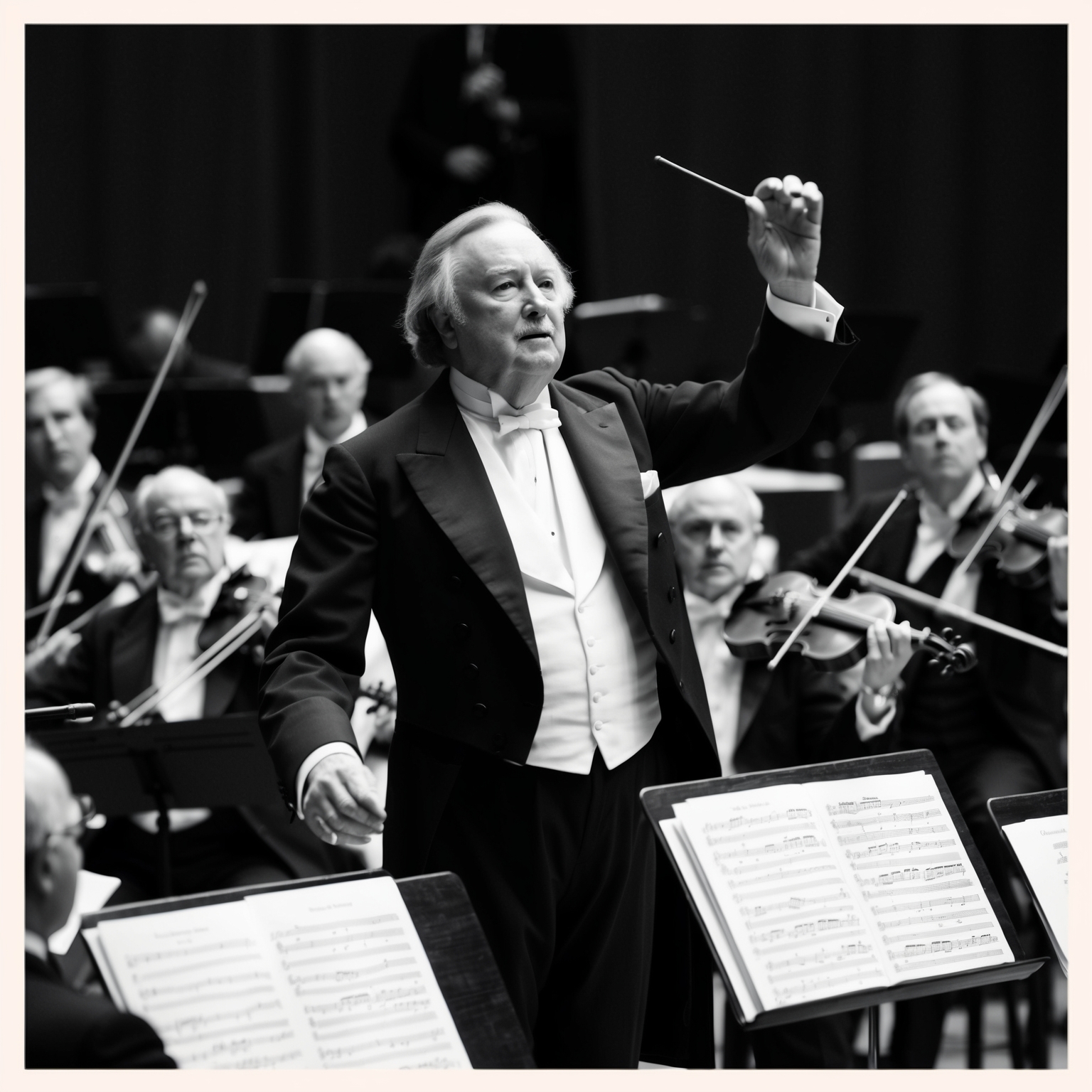
John Williams, a titan of film composition, has left an indelible mark on the music landscape with his monumental contributions to cinematic scores, none more so than the iconic ‘Star Wars Score.’ Born in 1932 in Floral Park, New York, Williams embarked on his illustrious journey in music from a young age, studying at the Juilliard School and earning his stripes under the tutelage of composers like Mario Castelnuovo-Tedesco. His early career began with orchestrating and conducting for notable artists and television shows, paving the path to his future successes in film.
Williams’s musical style is characterized by a rich tapestry of orchestral colors and motifs, drawing inspiration from classical romantic composers such as Wagner, Holst, and Stravinsky. His influences are evident in his grandiose orchestrations and leitmotifs, which bring characters and themes to life with remarkable depth and emotion. This distinctive musical language not only defines his work but has also reshaped the sound of modern film scores.
The ‘Star Wars Score’ stands as a testament to Williams’s genius, with its memorable themes and innovative use of leitmotifs, which assign musical signatures to characters and places. His work on Star Wars has been a pivotal collaboration with director George Lucas, demonstrating a seamless fusion of musical narrative and storytelling. This collaboration was integral in crafting the film’s epic saga and capturing the hearts of audiences worldwide.
The Glorious Achievements of the Star Wars Score
The Star Wars score, a masterpiece by John Williams, has won numerous awards including an Oscar and continues to inspire artists and appear in media worldwide.

John Williams’ legendary composition for the ‘Star Wars’ saga is not merely a film score but a cultural phenomenon that has garnered numerous awards and accolades over the decades. The original score for ‘Star Wars: Episode IV – A New Hope’ won the Academy Award for Best Original Score in 1978, a testament to its groundbreaking impact on film music. Beyond the Academy, the score received a BAFTA Award, a Golden Globe Award for Best Original Score, and was listed by the American Film Institute as the greatest film score of all time. Such recognitions highlight the universal appeal and timeless charm of Williams’ composition.
In addition to its glowing accolades, the ‘Star Wars’ score has inspired countless artists to produce their unique renditions. From orchestral reinterpretations to lively jazz versions, musicians across genres have paid homage to this masterpiece. One noteworthy cover is by the iconic Prague Philharmonic Orchestra, whose version captures the epic essence of the original while injecting a fresh, dynamic flair. This further emphasizes the score’s versatility and its ability to transcend musical barriers.
Aside from awards and covers, the ‘Star Wars’ score has become a pervasive influence in modern media. Its distinct themes can be frequently heard in parodies, TV shows, video games, and commercials, often used to evoke a sense of adventure or dramatism. The influence extends beyond soundtracks; its melodies can evoke nostalgia and excitement even as standalone pieces. This ubiquity in various mediums is a testament to its enduring relevance and its impact on pop culture.
The Unstoppable Rise of an Iconic Score
The iconic ‘Star Wars Score’ by John Williams not only conquered the charts but also redefined the landscape for film music. Released in 1977, it reached unprecedented heights on the Billboard 200, blending orchestral authenticity with cinematic impact. The score’s critical acclaim and chart success highlighted a pivotal moment in Williams’ career, echoing its cultural and economic significance.

The ‘Star Wars Score’ by John Williams is an embodiment of musical excellence that captivated audiences worldwide upon its release. Initially released in 1977, this score didn’t just climb the charts; it dictated them. After its debut, it smashed expectations, reaching remarkable heights by securing a place in the top 10 of the Billboard 200 albums chart. This was no small feat for a film score at the time, as it perfectly encapsulated the cinematic epic’s grandeur.
Chart-wise, the ‘Star Wars Score’ faced competition not just from other film scores, but from popular music albums of that era. However, its unique position as a cinematic masterpiece ensured it stood out. Its ability to blend the orchestral depth of classical music with the sweeping drama of a space opera allowed it to break through the traditional barriers, holding its ground firm against contemporary hit tracks of late 1970s.
The impressive chart success of the ‘Star Wars Score’ marked a pivotal moment in John Williams’ career. Already an established composer by then, this iconic score catapulted him into global recognition and opened doors to subsequent film partnerships. The success underscored Williams’ prowess in weaving unforgettable melodies, cementing his reputation and influencing countless scores in American cinema.
Marketing strategies used during the release of the ‘Star Wars Score’ were sophisticated and compelling. Promotional campaigns capitalized on the film’s influence, with network television performances and previews that stimulated interest and built anticipation among both dedicated fans and new listeners. This promotional fervor undoubtedly played a role in its initial and lasting popularity.
Critically, the ‘Star Wars Score’ was lauded as a masterpiece, a perspective shared not only by critics and industry experts but also by an enthusiastic public. It even achieved an Academy Award for Best Original Score and solidified its place as a cultural phenomenon, resonating with audiences across different generations.
From an economic standpoint, the ‘Star Wars Score’ proved to be incredibly lucrative. Not only did it achieve substantial sales figures upon release, but its enduring legacy has ensured continued revenue through remastered editions, concert performances, and licensing for newer media. In streaming and social media landscapes, the score remains ever-present, often featured in playlists across platforms like Spotify and YouTube, and continues to inspire modern artists and pose as the soundtrack to innumerable fan-driven creative ventures.
The Visual Odyssey of the Star Wars Score
Explore how the Star Wars Score by John Williams takes visual form through film and fan videos, extending its legendary impact.

When it comes to the Star Wars Score by John Williams, there might not be an official music video in the traditional sense. However, the iconic nature of the score is undeniably brought to life through various visual interpretations in the Star Wars films themselves. Each symphonic note crafted by Williams complements the epic visuals of battles, characters, and landscapes, contributing significantly to the audience’s cinematic experience.
The score becomes much like a character within the films, underscoring pivotal moments and uplifting the imagery to iconic status. In the absence of a standalone music video, fan interpretations have filled the void. Talented creators use snippets from the vast visual history of Star Wars, melding them with the power of Williams’ score to create tribute videos that capture the essence of the franchise’s epic narrative journey.
These fan interpretations and visual homages have been embraced by the Star Wars community and beyond, as they offer a new way to experience the music’s grandeur. They play a significant role in maintaining the score’s popularity, highlighting its timeless appeal. While there’s no direct music video, the sheer volume of fan content demonstrates the enduring impact and inspiration found within every chord of this legendary score.
Analyzing the Musical Blueprint of the Star Wars Score
Explore the enchanting musical structure of John Williams’ ‘Star Wars Score’, characterized by its bold key, diverse tempo, unforgettable melodies, and masterful orchestration, marking a pivotal moment in Williams’ illustrious career.

John Williams’ iconic ‘Star Wars Score’ is a masterful blend of classical symphonic elements, meticulously designed to evoke emotion and grandeur. The score is written in B♭ major, a key that is often associated with bold, heroic themes which perfectly encapsulate the Star Wars universe’s epic nature. Williams utilizes a wide range of orchestral chords that shift seamlessly to create dynamic tension and release throughout the score.
The tempo of the score is varied, starting with the brisk and unmistakable fanfare that sets the tone for the adventure ahead. This heroic theme employs brisk, marching rhythms that suggest both urgency and grandeur, although the tempo adjusts beautifully in different parts, shifting to slower, more contemplative sections, which feature lush melodic lines and rich harmonies.
The melody of the Star Wars Score is instantly recognizable — it is a mix of leitmotifs, with each main character having its own distinct theme. Williams masterfully weaves these motifs into a cohesive musical tapestry, allowing the audience to connect deeper with the story and its characters. Harmonies are complex and weave through various instrumental textures, making each listening experience rich and layered.
The orchestration of the score is another aspect that contributes to its unique sound. The London Symphony Orchestra’s use of strings, brass, woodwinds, and percussion is exemplary, with each section playing a crucial role. The brass section, with its powerful horns and trumpets, delivers the triumphant and often exhilarating themes, while the strings provide depth and emotional resonance. Woodwinds add color and nuance, and the percussion underscores tension and drama.
Comparing the Star Wars score within Williams’ extensive discography reveals its pivotal role in his career. While his earlier works drew heavily on jazz and modern classical styles, Star Wars marked a return to late-romantic orchestral traditions, catapulting his music into the public consciousness. This score set a benchmark, influencing numerous subsequent soundtracks and solidifying Williams’ reputation as a master film composer.
Insights into the recording studio further underscore the score’s artistry. It was recorded at the famed Abbey Road Studios, under the expert production of George Lucas, who was committed to ensuring the music matched the film’s visionary scope. Anecdotes from the recording sessions tell of Williams’ hands-on approach and the chemistry between him and the orchestra, which brought this seminal work to life.
Exploring the Unspoken: The Instrumental Mastery of John Williams
John Williams’ ‘Star Wars Score’ communicates powerful narratives and emotional stories without the conventional use of lyrics. Through masterful instrumentation and leitmotifs, the score becomes a universal language that reflects the hero’s journey, leaving a timeless impact on listeners.
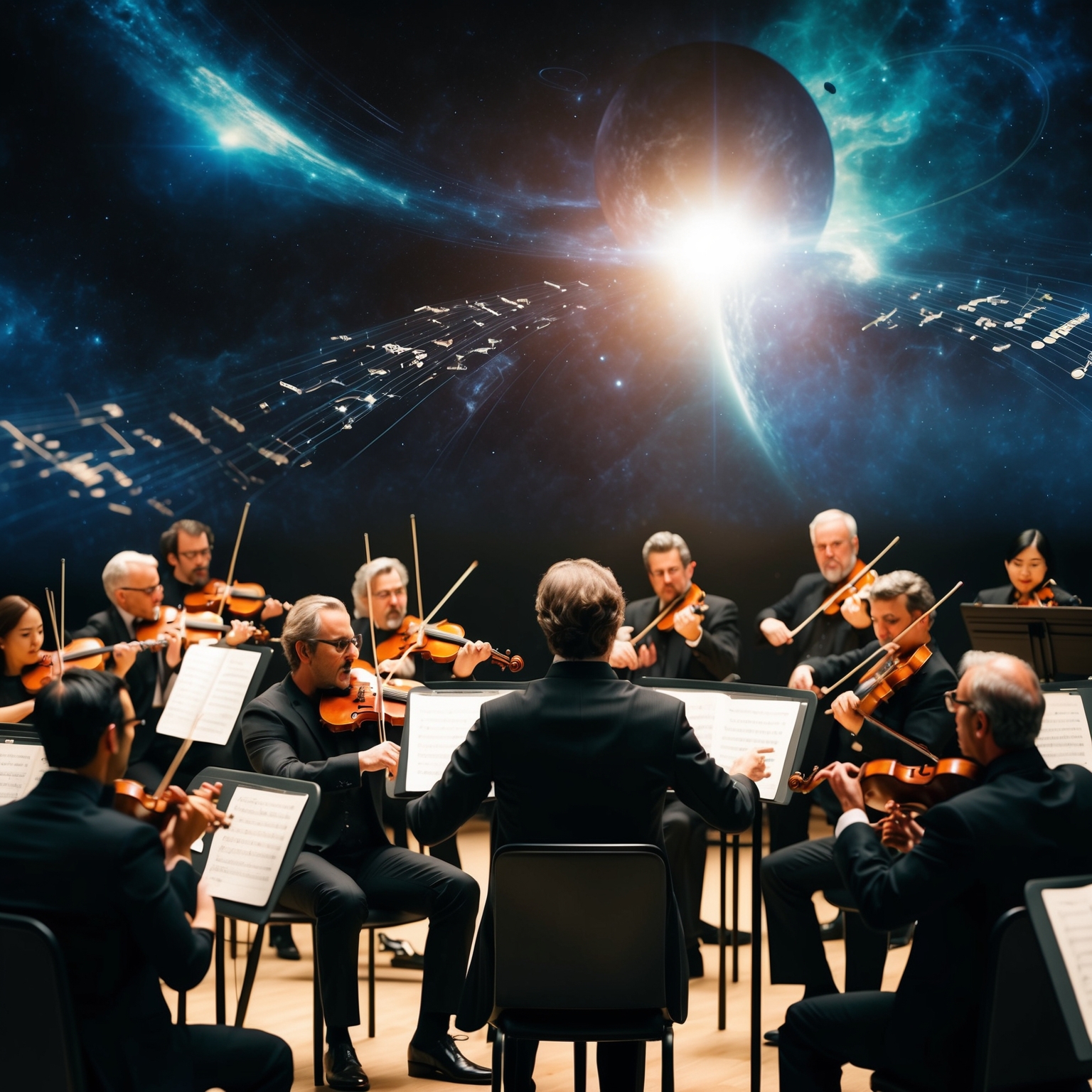
The challenge posed by analyzing the ‘lyrics’ of the ‘Star Wars Score’ is akin to uncovering hidden narratives without the explicit guidance of words. Unlike conventional songs with lyrics, John Williams’ score communicates emotion and story through instrumental composition, captivating audiences with sweeping melodies and intricate musical themes.
A significant theme that emerges within the score is the concept of the hero’s journey. Williams masterfully creates an aural landscape that mirrors the trials, triumphs, and transformations typical of this narrative arc. The triumphant brass fanfare associated with the main ‘Star Wars Theme’ encapsulates a sense of adventure and hope, while the recurring motifs provide continuity and familiarity akin to narrative threads weaving through the musical tapestry.
The use of leitmotifs—a signature technique employed by Williams—serves as the thematic glue binding the narrative across the Star Wars saga. Characters are given specific musical signatures, such as the ominous ‘Imperial March,’ underlying the ominous presence of the evil Empire and Darth Vader. These leitmotifs are rich in emotion and act like non-verbal lyrics, imbuing scenes with depth and emotion that traditional lyrics might provide in other musical works.
Exploring the cultural impact of Williams’ score is especially important. The grandeur and iconic nature of the music have evolved into a cultural phenomenon, influencing not just film music but also becoming a recognizable symbol of epic storytelling. Audiences, regardless of age, relate to the invigorating and evocative tones that Williams crafted, which remain timeless in their emotional resonance.
🎶 Star Wars’ iconic music was recorded by the London Symphony Orchestra in 12 days at Abbey Road Studios! 🌌✨ John Williams = musical legend! #StarWarsScore https://bit.ly/4gHNq3F
Click to Tweet

